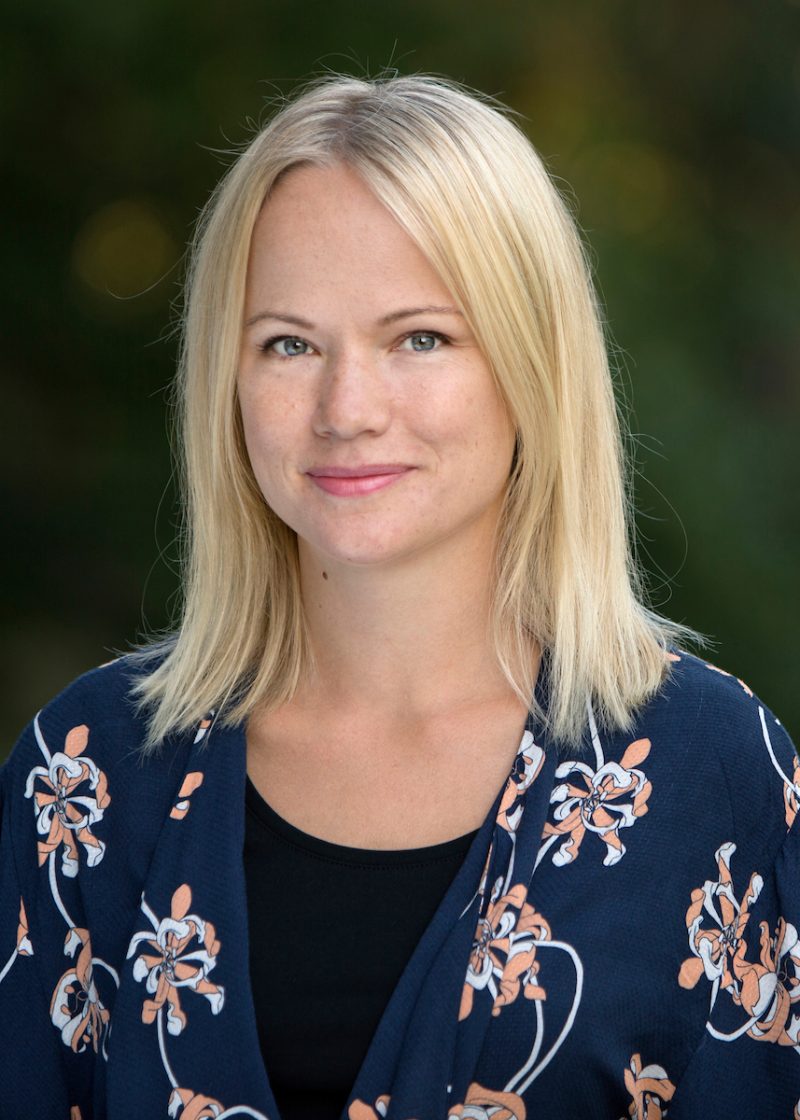Lundberg Lab
Research Interests
Our research is focused on spatial proteomics and cell biology. At the interface between bioimaging, proteomics and artificial intelligence are fundamental aspects of human cell biology systematically assessed at a single cell level using an antibody-based approach. The aim is to understand how human proteins are distributed in time and space, how variations and deviations in localization can contribute to cell type specificity as well as disease.
Compartmentalization of biological processes is a fundamental principle of eukaryotic cells that enables multiple processes to occur in parallel. The compartments are specialized for a particular cellular function and contain the molecules needed to fulfill it. Defects in compartment organization or protein mislocalization underlie the cause of many forms of human disease. Despite a great deal of research, basic questions about the spatial organization of many proteins and biological processes remain unanswered. Using computational image analysis, we are also investigating variations of protein spatiotemporal expression patterns at the single cell level, in relation to the cell cycle or other deterministic factors.
A part of our work is the creation of the Cell Atlas , part of the Human Protein Atlas project, where the subcellular localization of all human proteins is being determined.
We are also interested in open science and citizen science. Last year we performed a Citizen Science project called “Project Discovery” for classification of protein patterns in microscope images, integrated into the massively multiplayer online Sci-Fi game Eve Online with over 300.000 participants in one year. We also host open image analysis challenges at a regular basis.
Emma Lundberg is also Director of the Cell Profiling facility at SciLifeLab, enabling researchers to make use of the knowledge and resources of the Human Protein Atlas applied to their research projects.
Currently Emma is a visiting Associate Professor at Stanford University and sabbatical visitor at the Chan-Zuckerberg Biohub .
Group members
Martin Hjelmare, Technology project manager
Dr. Charlotte Stadler, Head of High Content Microscopy national facility
Dr. Peter Thul, Lab manager Cell Atlas
Dr. Oana Carja, Postdoc (at Stanford)
Dr. Frida Danielsson, Postdoc
Dr. Devin Sullivan, Postdoc
Dr. Hao Xu, Researcher
Diana Mahdessian, PhD-student
Casper Winsnes, PhD-student
Lovisa Åkesson, PhD-student
Dr. Anna Bäckström, Research engineer
Dr. Anna Martinez Casals, Research engineer
Dr. Ulrika Axelsson, Research engineer
Rutger Schutten, Research engineer
Christian Gnann, Research engineer
Jenny Fall, Lab technician
Key publications
- Thul PJ, Åkesson L, Wiking M, Mahdessian D, Geladaki A, Ait Blal H, Alm T, Asplund A, Björk L, Breckels LM, Bäckström A, Danielsson F, Fagerberg L, Fall J, Gatto L, Gnann C, Hober S, Hjelmare M, Johansson F, Lee S, Lindskog C, Mulder J, Mulvey CM, Nilsson P, Oksvold P, Rockberg J, Schutten R, Schwenk JM, Sivertsson Å, Sjöstedt E, Skogs M, Stadler C, Sullivan DP, Tegel H, Winsnes C, Zhang C, Zwahlen M, Mardinoglu A, Pontén F, von Feilitzen K, Lilley KS, Uhlén M, Lundberg E. A subcellular map of the human proteome. Science (2017)
- Uhlen M, Bandrowski A, Carr S, Edwards A, Ellenberg J, Lundberg E, Rimm DL, Rodriguez H, Hiltke T, Snyder M, Yamamoto T. A proposal for validation of antibodies. Nat Methods (2016).
- Uhlén M, Fagerberg L, Hallström BM, Lindskog C, Oksvold P, Mardinoglu A, Sivertsson Å, Kampf C, Sjöstedt E, Asplund A, Olsson I, Edlund K, Lundberg E, Navani S, Szigyarto CA, Odeberg J, Djureinovic D, Takanen JO, Hober S, Alm T, Edqvist PH, Berling H, Tegel H, Mulder J, Rockberg J, Nilsson P, Schwenk JM, Hamsten M, von Feilitzen K, Forsberg M, Persson L, Johansson F, Zwahlen M, von Heijne G, Nielsen J, Pontén F.Tissue based map of the human proteome. Science (2015).
- Danielsson F, Skogs M, Huss M, Rexhepaj E, O’Hurley G, Klevebring D, Pontén F, Gad AK, Uhlén M, Lundberg E. Majority of differentially expressed genes are down-regulated during malignant transformation in a four-stage model. PNAS (2013).
- Stadler, Rexhepaj, Singan, Murphy, Pepperkok, Uhlén, Simpson, Lundberg. Immunofluorescence and fluorescent-protein tagging show high correlation for protein localization in mammalian cells. Nat Methods (2013).
External homepage http://www.proteinatlas.org/cell
Contact
Keywords
Cell Atlas, Citizen Science, Human Protein Atlas, Immunoassays, Microscopy, Organelle biology, Single cell analysis, Spatial proteomics.

